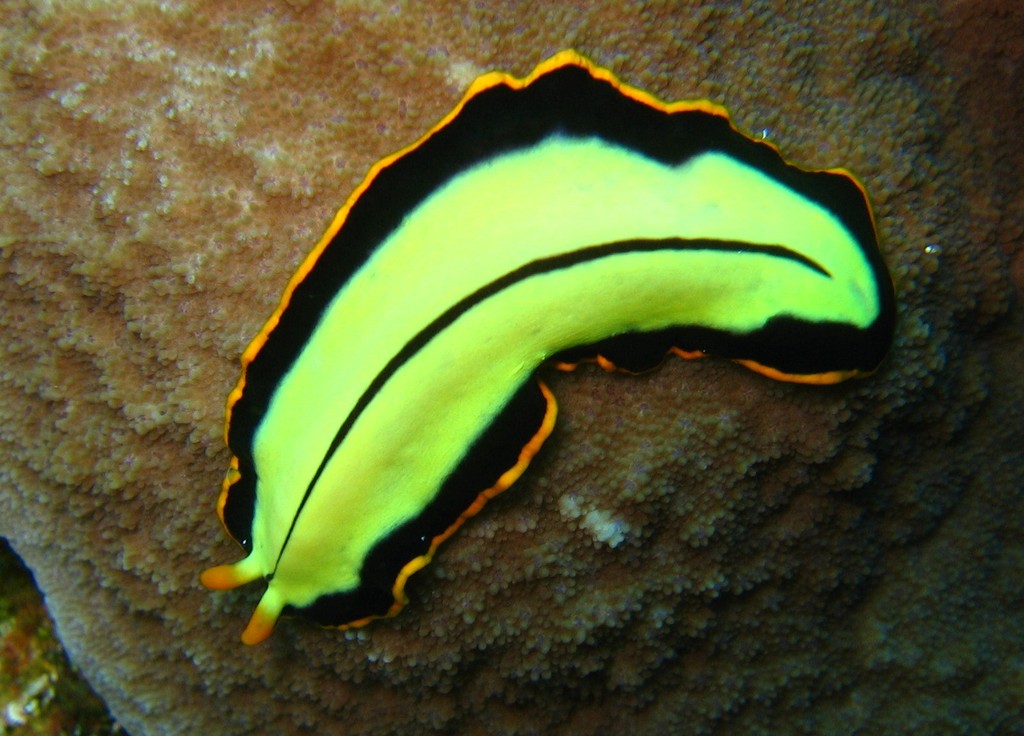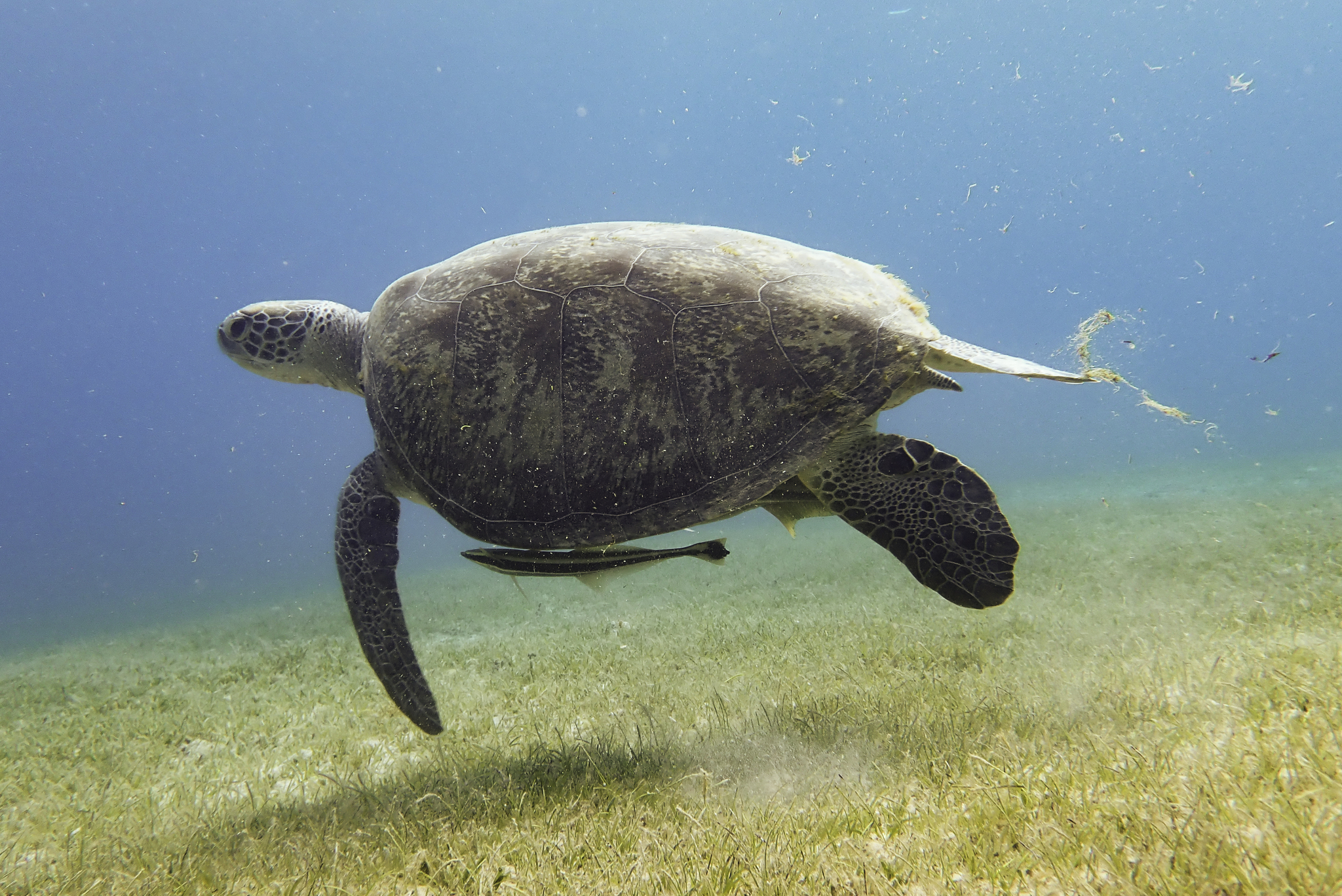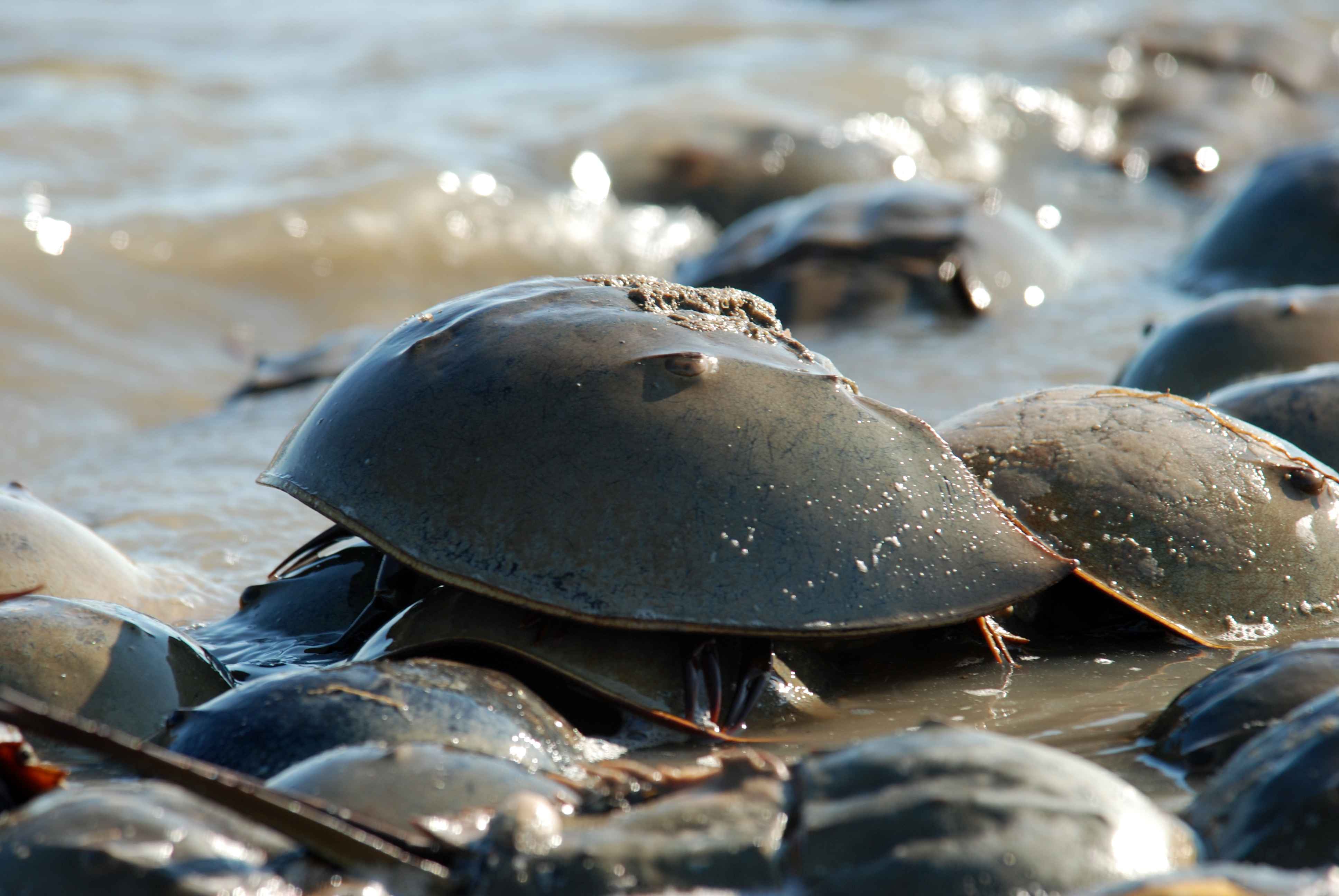|
Seriata
The Seriata are an order of turbellarian Platyhelminthes, flatworms. They are found in both freshwater and marine environments, and also include a number of species found in damp terrestrial conditions. Most are free-living, but the group includes the genus ''Bdelloura'', which lives commensalism, comensally on the gills of horseshoe crabs. Seriatans are distinguished from other related groups by the presence of a folded pharynx and of a number of diverticulum, diverticula arising from the intestine. The intestine itself may be either simple or branched. References Turbellaria Obsolete animal taxa {{flatworm-stub ... [...More Info...] [...Related Items...] OR: [Wikipedia] [Google] [Baidu] |
Turbellaria
The Turbellaria are one of the traditional sub-divisions of the phylum Platyhelminthes (flatworms), and include all the sub-groups that are not exclusively parasitic. There are about 4,500 species, which range from to large freshwater forms more than long or terrestrial species like '' Bipalium kewense'' which can reach in length. All the larger forms are flat with ribbon-like or leaf-like shapes, since their lack of respiratory and circulatory systems means that they have to rely on diffusion for internal transport of metabolites. However, many of the smaller forms are round in cross section. Most are predators, and all live in water or in moist terrestrial environments. Most forms reproduce sexually and with few exceptions all are simultaneous hermaphrodites. The Acoelomorpha and the genus '' Xenoturbella'' were formerly included in the Turbellaria, but are no longer regarded as Platyhelminthes. All the exclusively parasitic Platyhelminthes form a monophyletic group N ... [...More Info...] [...Related Items...] OR: [Wikipedia] [Google] [Baidu] |
Platyhelminthes
Platyhelminthes (from the Greek πλατύ, ''platy'', meaning "flat" and ἕλμινς (root: ἑλμινθ-), ''helminth-'', meaning "worm") is a phylum of relatively simple bilaterian, unsegmented, soft-bodied invertebrates commonly called flatworms or flat worms. Being acoelomates (having no body cavity), and having no specialised circulatory and respiratory organs, they are restricted to having flattened shapes that allow oxygen and nutrients to pass through their bodies by diffusion. The digestive cavity has only one opening for both ingestion (intake of nutrients) and egestion (removal of undigested wastes); as a result, the food can not be processed continuously. In traditional medicinal texts, Platyhelminthes are divided into Turbellaria, which are mostly non- parasitic animals such as planarians, and three entirely parasitic groups: Cestoda, Trematoda and Monogenea; however, since the turbellarians have since been proven not to be monophyletic, this classification i ... [...More Info...] [...Related Items...] OR: [Wikipedia] [Google] [Baidu] |
Bdelloura
Bdellouridae is a family of Maricola triclad Planarians (triclads) are free-living flatworms of the class Turbellaria, order Tricladida, which includes hundreds of species, found in freshwater, marine, and terrestrial habitats.pp 3., "Planarians (the popular name for the group as a whole ...s. Taxonomy List of known genera: *Family Bdellouridae **Subfamily Bdellourinae ***'' Nerpa'' ***'' Pentacoelum'' ***'' Syncoelidium'' ***'' Bdelloura'' **Subfamily Palombiellinae ***'' Palombiella'' ***'' Miava'' ***'' Synsiphonium'' References {{Authority control Maricola ... [...More Info...] [...Related Items...] OR: [Wikipedia] [Google] [Baidu] |
Commensalism
Commensalism is a long-term biological interaction (symbiosis) in which members of one species gain benefits while those of the other species neither benefit nor are harmed. This is in contrast with mutualism, in which both organisms benefit from each other; amensalism, where one is harmed while the other is unaffected; and parasitism, where one is harmed and the other benefits. The commensal (the species that benefits from the association) may obtain nutrients, shelter, support, or locomotion from the host species, which is substantially unaffected. The commensal relation is often between a larger host and a smaller commensal; the host organism is unmodified, whereas the commensal species may show great structural adaptation consistent with its habits, as in the remoras that ride attached to sharks and other fishes. Remoras feed on their hosts' fecal matter, while pilot fish feed on the leftovers of their hosts' meals. Numerous birds perch on bodies of large mammal herbivo ... [...More Info...] [...Related Items...] OR: [Wikipedia] [Google] [Baidu] |
Horseshoe Crab
Horseshoe crabs are arthropods of the family Limulidae and the only surviving xiphosurans. Despite their name, they are not true crabs or even crustaceans; they are chelicerates, more closely related to arachnids like spiders, ticks, and scorpions. The body of a horseshoe crab is divided into three main parts: the cephalothorax, abdomen, and telson. The largest of these, the cephalothorax, houses most of the animal's eyes, limbs, and internal organs. It is also where the animal gets its name, as its shape somewhat resembles that of a horseshoe. Horseshoe crabs have been described as "living fossils", having changed little since they first appeared in the Triassic. Only four species of horseshoe crab are extant today. Most are marine, though the mangrove horseshoe crab is often found in brackish water, and the Atlantic horseshoe crab is resident in brackish estuarine ecosystems such as the Delaware and Chesapeake bays. Additionally, certain extinct species transitioned t ... [...More Info...] [...Related Items...] OR: [Wikipedia] [Google] [Baidu] |
Pharynx
The pharynx (: pharynges) is the part of the throat behind the human mouth, mouth and nasal cavity, and above the esophagus and trachea (the tubes going down to the stomach and the lungs respectively). It is found in vertebrates and invertebrates, though its structure varies across species. The pharynx carries food to the esophagus and air to the larynx. The flap of cartilage called the epiglottis stops food from entering the larynx. In humans, the pharynx is part of the Digestion, digestive system and the conducting zone of the respiratory system. (The conducting zone—which also includes the nostrils of the Human nose, nose, the larynx, trachea, bronchus, bronchi, and bronchioles—filters, warms, and moistens air and conducts it into the lungs). The human pharynx is conventionally divided into three sections: the nasopharynx, oropharynx, and laryngopharynx (hypopharynx). In humans, two sets of pharyngeal muscles form the pharynx and determine the shape of its lumen (anatomy), ... [...More Info...] [...Related Items...] OR: [Wikipedia] [Google] [Baidu] |
Diverticulum
In medicine or biology, a diverticulum is an outpouching of a hollow (or a fluid-filled) structure in the body. Depending upon which layers of the structure are involved, diverticula are described as being either true or false. In medicine, the term usually implies the structure is not normally present, but in embryology, the term is used for some normal structures arising from others, as for instance the thyroid diverticulum, which arises from the tongue. The word comes from Latin ''dīverticulum'', "bypath" or "byway". Classification Diverticula are described as being true or false depending upon the layers involved: *False diverticula (also known as "pseudodiverticula") do not involve muscular layers or adventitia. False diverticula, in the gastrointestinal tract for instance, involve only the submucosa and mucosa, such as Zenker's diverticulum. False diverticula are typically synonymous with pulsion diverticula, which describes the mechanism of formation as increase ... [...More Info...] [...Related Items...] OR: [Wikipedia] [Google] [Baidu] |




